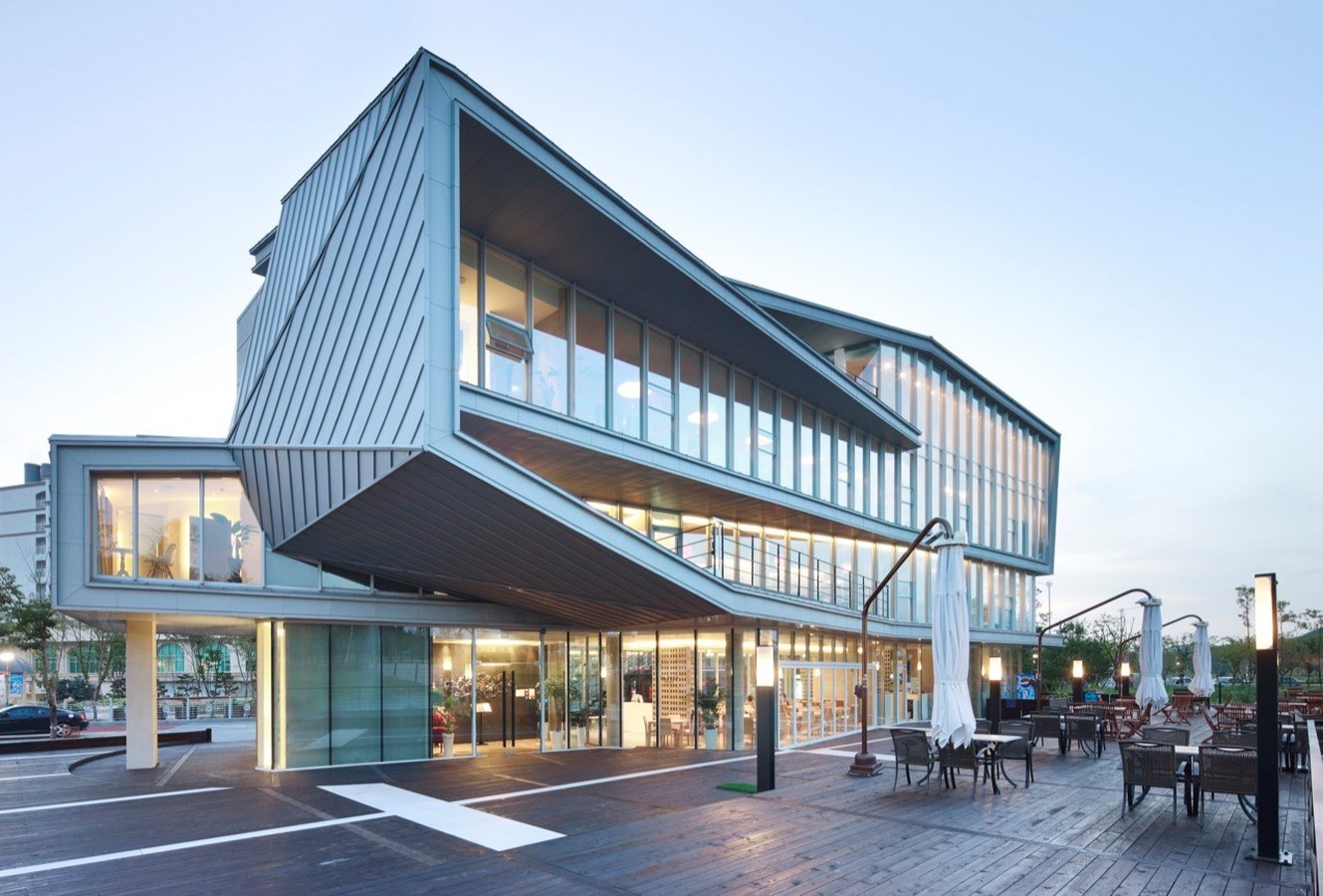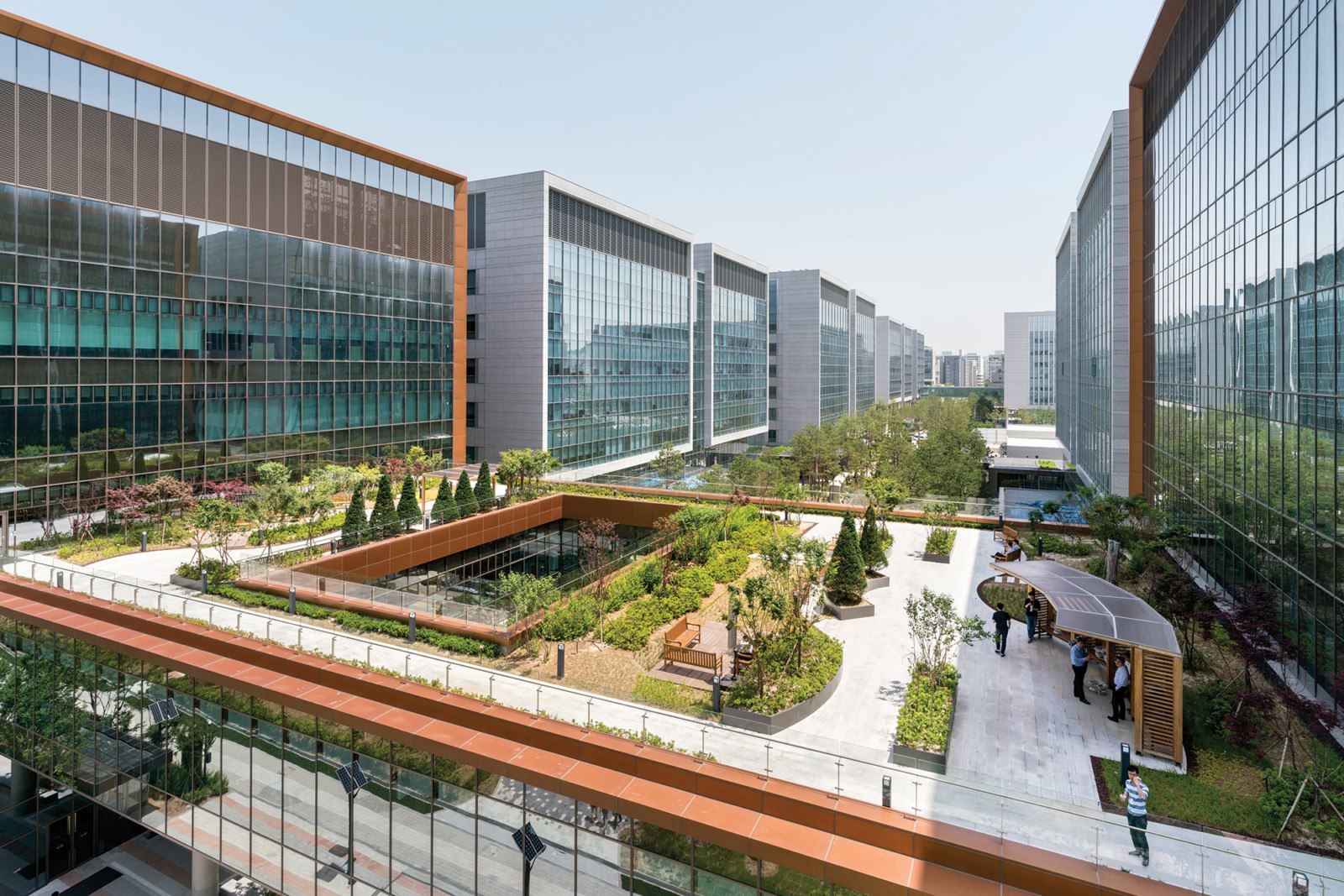Architecture is a dynamic field with various roles and specializations, each contributing to the creation of functional and aesthetically pleasing structures. From designing residential homes to preserving historic buildings, architects play a crucial role in shaping our built environment. Let’s explore the different types of architects and their unique responsibilities and areas of expertise.
1. Residential Architects

Overview: Residential architects focus on designing homes, apartments, and other residential buildings. They collaborate closely with clients to understand their needs and preferences, creating living spaces that cater to their lifestyle.
Responsibilities: Residential architects design floor plans, select building materials, and ensure compliance with local building codes. They strive to create functional and comfortable living environments while incorporating aesthetic elements.
Specializations: Some residential architects specialize in luxury homes, while others focus on sustainable residential design or affordable housing.
2. Commercial Architects

Overview: Commercial architects are involved in designing non-residential buildings such as offices, retail spaces, hotels, and restaurants. They prioritize functionality and aesthetics to create inviting spaces for businesses and their customers.
Responsibilities: Commercial architects consider traffic flow, branding, and spatial efficiency when designing commercial structures. They may also work on adaptive reuse projects, transforming existing buildings into new commercial spaces.
Specializations: Some commercial architects specialize in specific industries, such as healthcare or hospitality, while others focus on green building practices.
3. Interior Designers Architect
Overview: Interior architects focus on designing the interiors of buildings, enhancing their functionality and visual appeal. They create harmonious and practical spaces that align with the overall architectural vision.
Responsibilities: Interior architects plan interior layouts, select finishes and furnishings, and work closely with contractors during the implementation phase. They aim to create comfortable and aesthetically pleasing environments.
Specializations: Some interior architects specialize in specific building types, such as healthcare facilities or corporate offices, while others focus on sustainable interior design.
4. Landscape Architects

Overview: Landscape architects are experts in designing outdoor spaces, including parks, gardens, campuses, and public plazas. They integrate natural elements with the built environment to create attractive and functional landscapes.
Responsibilities: Landscape architects collaborate with urban planners and clients to design outdoor spaces that promote recreation, sustainability, and community engagement. They select appropriate plantings and hardscape elements to enhance the landscape’s beauty.
Specializations: Some landscape architects focus on urban design and city planning, while others specialize in ecological restoration or sustainable landscape development.
5. Urban Designer Architect

Overview: Urban designer architects focus on planning and designing the layout of cities and neighborhoods. They work to create vibrant and sustainable urban environments that prioritize community needs.
Responsibilities: Urban designer architects collaborate with city planners and policymakers to develop comprehensive plans for urban development. They address issues like transportation, land use, and public spaces to improve the quality of urban life.
Specializations: Some urban designer architects focus on historic preservation and revitalization, while others specialize in smart city initiatives or sustainable urban planning.
6. Green Architect

Overview: Green architects, also known as sustainable architects, prioritize environmentally friendly and energy-efficient design practices. They aim to reduce the environmental impact of buildings while enhancing occupants’ well-being.
Responsibilities: Green architects incorporate renewable energy sources, sustainable materials, and passive design strategies into their projects. They work to achieve certifications like LEED (Leadership in Energy and Environmental Design) for sustainable building design.
Specializations: Green architects focus on creating eco-friendly buildings for various sectors, including residential, commercial, and institutional.
7. Industrial Architect

Overview: Industrial architects specialize in designing facilities for manufacturing, processing, and industrial activities. They focus on optimizing efficiency, safety, and functionality in industrial spaces.
Responsibilities: Industrial architects design layouts that streamline workflow, accommodate heavy machinery, and ensure worker safety. They also consider logistics and material handling in industrial environments.
Specializations: Some industrial architects focus on specific industries, such as automotive or pharmaceutical, while others work on large-scale industrial complexes.
8. Restoration Architect

Overview: Restoration architects are experts in preserving and restoring historic buildings and structures. They work to protect cultural heritage and maintain the integrity of architectural landmarks.
Responsibilities: Restoration architects conduct detailed assessments of historical buildings, develop restoration plans, and oversee the preservation process. They strive to retain the original character and craftsmanship of the structure.
Specializations: Restoration architects may specialize in specific architectural styles or periods, focusing on preserving heritage buildings for future generations.
In conclusion, the world of architecture offers a diverse range of roles and specializations, each contributing uniquely to the built environment. From residential architects creating personalized living spaces to restoration architects preserving our architectural heritage, these professionals play a significant role in shaping the spaces we inhabit.
FAQs :
Q: What education is required to become an architect?
A: To become an architect, one typically needs a professional degree in architecture, such as a Bachelor of Architecture (B.Arch) or a Master of Architecture (M.Arch). These programs provide comprehensive training in architectural principles, design, and construction techniques.
Q: Is licensure required to practice as an architect?
A: Yes, licensure is essential to practice as a professional architect. After completing an accredited architecture degree and gaining relevant work experience, aspiring architects must pass the Architect Registration Examination (ARE) to obtain their license.
Q: How long does it take to become a licensed architect?
A: The path to becoming a licensed architect can vary depending on the individual’s education and experience. It typically takes around 7 to 10 years, including the time required to complete an architecture degree, gain practical experience, and pass the licensure exams.
Q: Can architects specialize in multiple areas?
A: Yes, architects can choose to specialize in multiple areas based on their interests and expertise. For example, an architect may be trained in both residential and commercial architecture, allowing them to work on a wide range of projects.
Q: What role do architects play in sustainable design?
A: Architects play a crucial role in sustainable design by integrating eco-friendly practices and energy-efficient technologies into their projects. They aim to minimize the environmental impact of buildings while promoting sustainable living.
Q: How do architects work with other professionals in the construction industry?
A: Architects collaborate with various professionals in the construction industry, including engineers, contractors, interior designers, and landscape architects. They work as a team to ensure that the project’s design and execution align with the client’s vision and requirements.
Q: Can architects work on international projects?
A: Yes, many architects work on international projects, especially with the advancement of technology and communication. They may collaborate with clients, contractors, and consultants from different countries to design and implement projects worldwide.
Q: What is the role of technology in modern architecture?
A: Technology has revolutionized modern architecture, enabling architects to use advanced design software, 3D modeling tools, and Building Information Modeling (BIM) for more efficient and accurate project development. Technology also allows architects to explore innovative design solutions.
Q: How do architects balance aesthetics and functionality in their designs?
A: Architects strive to achieve a balance between aesthetics and functionality in their designs. They consider the client’s preferences and the building’s purpose to create spaces that are both visually appealing and practical for their intended use.
Q: What is the significance of architecture in society?
A: Architecture plays a significant role in shaping society’s physical environment. It influences how people interact with their surroundings, impacts the quality of life, and reflects the culture and values of a community. Good architecture contributes to the well-being and identity of a place.
Conclusion :
In conclusion, architects are versatile professionals who play critical roles in designing and shaping the built environment. Their expertise spans various specializations, and they work diligently to create functional, aesthetically pleasing, and sustainable spaces that enrich the lives of individuals and communities.
============================================







